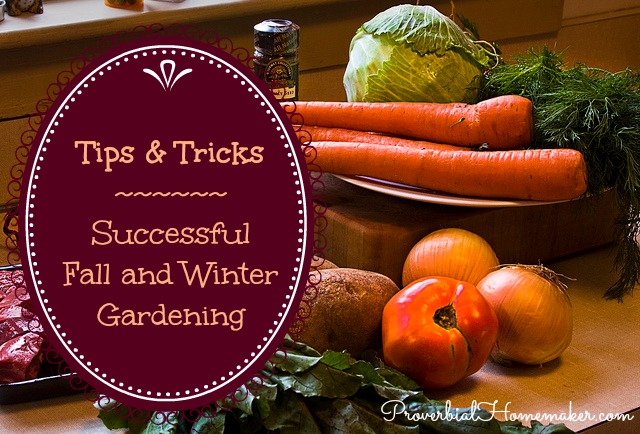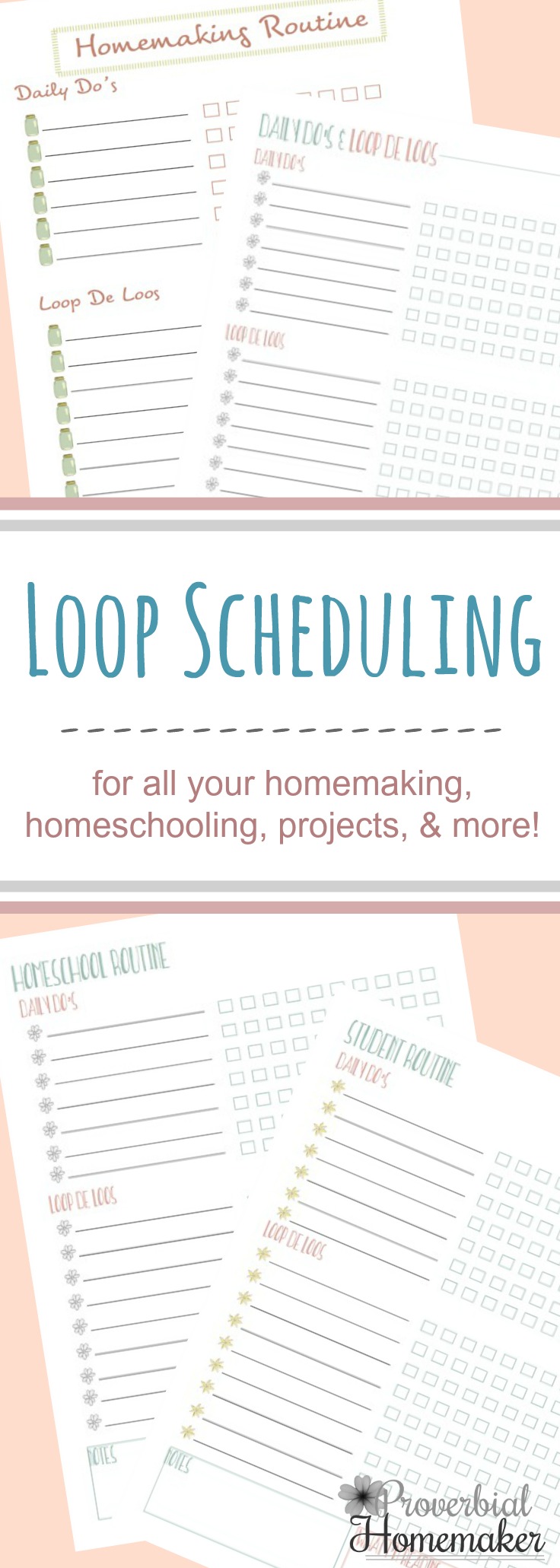
Disclosure: *This post may include affiliate links. As an affiliate, I earn from qualifying purchases. Read the disclosures and terms for more information.
We have been chatting here about fall and winter gardening. It’s taken me a while to get through this series because I’m actually doing it as I go!
The first two posts were about planting in the summer to harvest in the fall, and planting in the fall to harvest through the winter. Now we’ll finish up by talking about steps we can take to make our cool weather gardening successful!
Location and Setup
If you haven’t set up your garden yet, make sure to clean up the spring and summer plants, incorporate some compost, and plant your seeds and/or start some seedlings indoors. Try to locate your cool-weather plants close to your house where it is warmer and you’re more likely to tromp out in the cold and wet to harvest!
 |
| Not attractive, but protects from high heat and from my nemesis, the cabbage moth. |
Protect New Seedlings in the Summer Heat
Now that my new seedlings are up, it’s time to cover them to protect from high heat. I use row covers for this purpose (among many). Row covers will also prevent late cabbage moth from laying eggs on the new seedlings.
Also make sure you keep the seedlings well watered. You’ll want to water them daily or even twice a day to compensate for the warm weather.
 |
| Source |
Mulch to Protect From Heat Fluctuations and Keep Weeds Down
Once your seedlings are larger and more established, lay down a good mulch to help regulate temperatures and moisture. Mulch will keep moisture in and help prevent drastic swings in soil temperature.
Mulch will also help you with WEEDS by preventing them from growing as much. Weeds can be a problem for fall gardening because many gardeners (myself included) don’t feel like weeding anymore and just let things go. With the warm weather, weeds will be a major competition of light, water, and nutrients for your little seedlings.
Which Mulch To Use
For Fall mulching, I usually rely on lawn clippings and then do a heavy layer of dry leaves later in the Fall. Mowing over the dry leaves a few times before laying them down will help them decompose. Either way, they’ll form a nice wet mat over your garden bed that can be easily removed in the Spring.
Other mulching options include clear or black plastic, straw, and grass clippings. With plastic, make sure you’ve installed watering systems underneath or they will dry out.
Wood chips are not recommended for an active garden bed, although I hear that point is now debatable. Another option is a living or “green” compost by planting cover crops including clover and fava beans, but those are also intended for beds that will not be harvested throughout the cold seasons.
 |
| Simple cloches made with row covers – Source |
 |
| Longer, tidier cloches for front-visible gardens – Source |
 |
| Cold frame – source |
Cover Plants During Freezing Temperatures
Many plants handle frosts and colder Winter temperatures just fine, such as. For less hardy plants and for colder freezing temperatures, covering the plants is recommended if you want to continue harvest through Winter.
This year I’ll be trying a simple cloche made of wire and row covers. I’ll secure them to the ground with U-shaped pins made from wire hangers. This seems to be the cheapest and lowest maintenance way for me to protect plants. I may possibly put clear plastic over the frame for the coldest weather.
You may also want to consider cold frames, hot beds, sturdier cloches, milk jug cloches for single plant coverage, and other specialty crop coverings. If your area experiences heavy snowfall, you will need sturdier covers for any plants you want to harvest during winter.
Whether you want to just plant a few greens for mid-fall harvest or go crazy and try your hand at winter gardening, I hope this series was helpful to you!
More Fall Gardening:
- Part 1: Plant Now For Fall Harvest!
- Part 2: Fall Planting to Harvest Through Winter (this post)
- Part 3: Tips for Successful Fall and Winter Gardening






 by Stephanie, The Multi Taskin' Mom
by Stephanie, The Multi Taskin' Mom